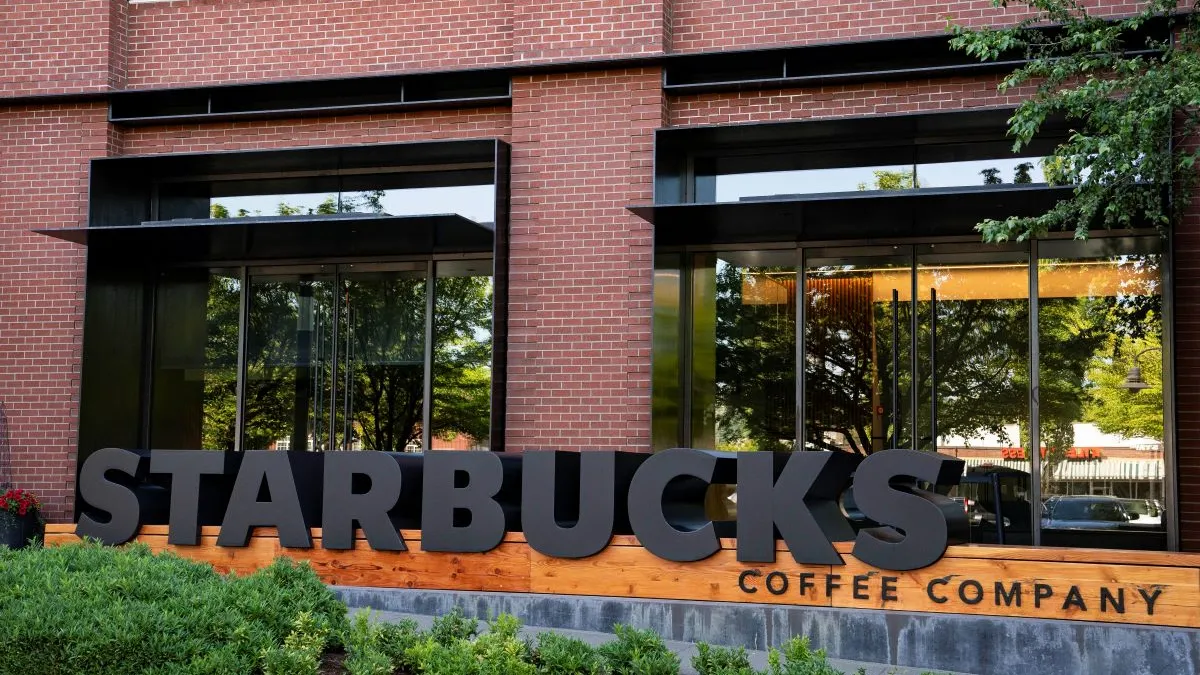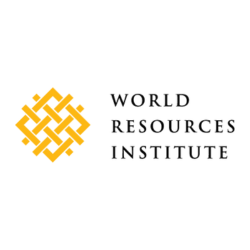Dive Brief:
- U.S. economic growth will likely slow during the second half of 2025 as tariffs push up the prices of goods and dampen consumer sentiments, the Conference Board said Monday.
- Rising claims for unemployment insurance, gloomy consumer expectations and weak new manufacturing orders last month outweighed a bump up from a strong gain in the Standard & Poor’s 500 stock index, the Conference Board said, citing components of its Leading Economic Index.
- While a recession is unlikely, growth in gross domestic product “is expected to slow substantially in 2025 compared with 2024,” Justyna Zabinska-La Monica, senior manager for business cycle indicators at the Conference Board, said in a statement. GDP will likely increase 1.6% this year, “with the impact of tariffs becoming more apparent in H2 as consumer spending slows due to higher prices.”
Dive Insight:
Following President Donald Trump’s announcement this month of 30% tariffs on imports from Mexico and the EU, consumers face an average effective tariff rate of 20.6% — the highest level since 1910 — and a 2.1% short-run increase in prices, according to the Yale Budget Lab.
The higher prices from the planned tariffs and those announced this spring will likely set back the average U.S. household by $2,800 this year, the Yale Budget Lab said in a study published July 14.
Tariffs will probably push up unemployment by 0.5 percentage point by the end of this year and, over the long run, trim 0.5 percentage point from GDP, the Yale Budget Lab said.
Both public- and private-sector economists disagree over whether the import duties will trigger a brief, one-shot increase in prices or a sustained inflationary tide that sweeps across of the economy.
Most economists, while expressing surprise at the resilience of the U.S. economy, forecast GDP growth will decline for the remainder of 2025 and into 2026.
“The economy has slowed decisively, with GDP growth likely averaging about 1.5% in the first half from 3% over the previous three years,” Pantheon Macroeconomics said in a note to clients on Thursday.
After a slight gain during the first quarter, economic growth likely increased at a 2.4% annual rate during the second quarter, the Federal Reserve Bank of Atlanta said on Friday.
During the first half of 2025, the Conference Board’s Coincident Economic Index measuring the current state of the economy rose 0.8%, a decline from a 1% gain during the second half of 2024, the Conference Board said.
Still, all four of the index’s components improved last month, including payroll employment, industrial production, manufacturing and trade sales, and personal income less transfer payments, the Conference Board said.
Looking ahead, and “based on what the data tell us today, I expect uncertainty and tariffs to restrain spending and reduced immigration to slow labor force growth,” New York Fed President John Williams said Wednesday. “As a result, I expect real GDP growth this year to be about 1 percent.”















